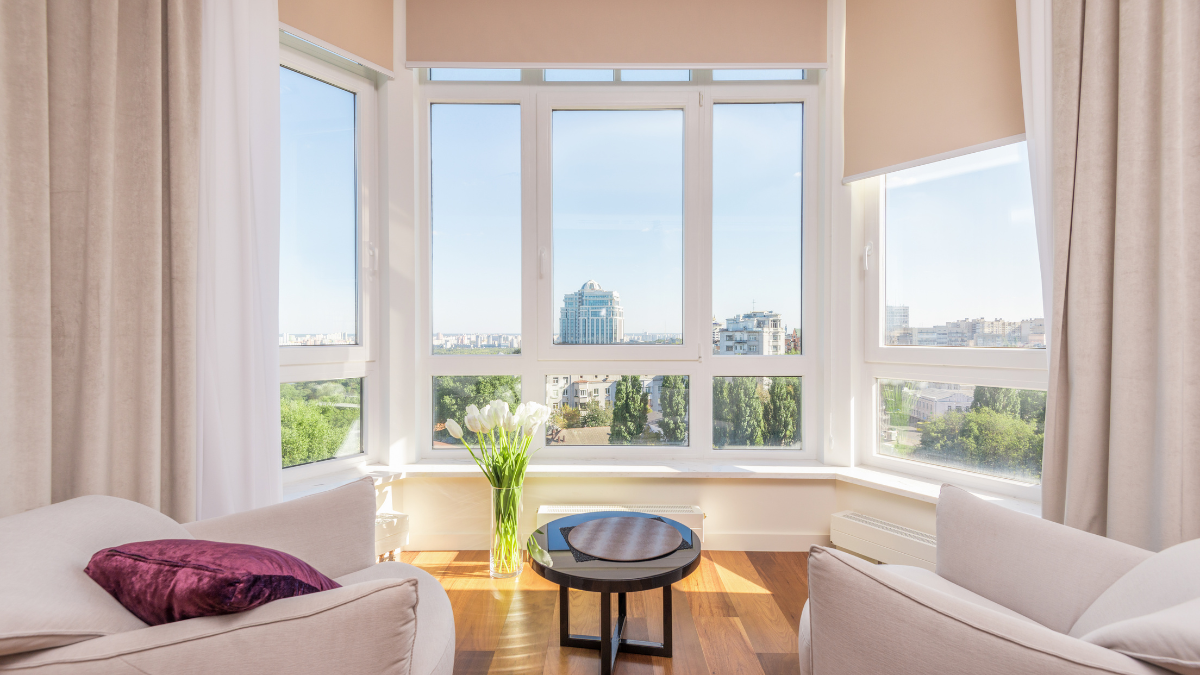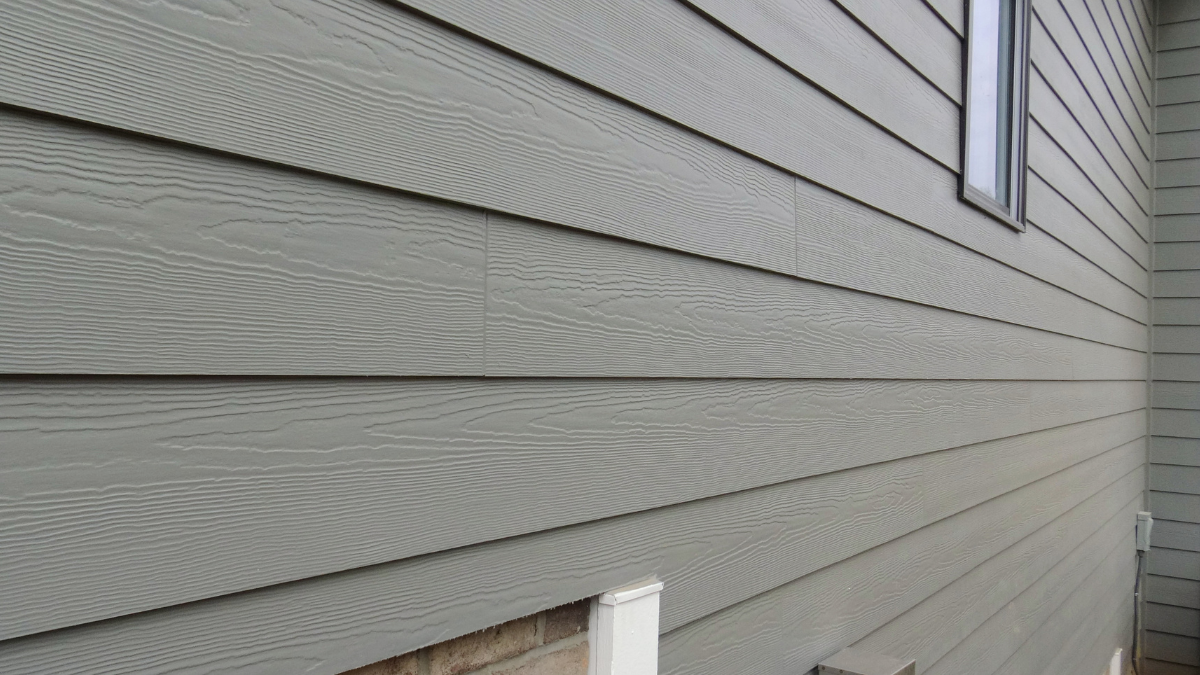Casement windows have stood the test of time, marrying practicality with aesthetic appeal. This article explores the design, functionality, as well as pros and cons of casement windows, providing an in-depth understanding of why they continue to be a popular choice among homeowners.
What is a Casement Window?
A casement window is a type of window attached to its frame by one or more hinges. These hinges are typically placed on the side, allowing the window to swing outwards like a door. Unlike traditional fixed windows, casement windows offer an unobstructed view of the outdoors, thanks to their design featuring glass panels that stretch from top to bottom.
This design also facilitates superior ventilation, as the entire window can be opened, unlike sliding or double-hung windows which can only be opened halfway. Casement windows are admired for their versatility and adaptability, fitting perfectly into both modern and traditional architectural styles.
Unveiling the Pros of Casement Windows
Casement windows are a delightful blend of practicality and aesthetics. Their unique features present several advantages that set them apart from other window styles.
Unabated Glass
Casement windows are characterized by their large, unobstructed glass panes that stretch from top to bottom. This design offers homeowners an uninterrupted, panoramic view of their surroundings, lending a subtle yet striking appeal to any architectural style.
Uncompromised Airflow
Unlike other window styles, casement windows have a crank-open feature that allows for maximum ventilation. As the window swings wide open, it facilitates an unmatched airflow that contributes to a healthier indoor environment.
Redefining Convenience
Casement windows feature an innovative hinge system that is not only user-friendly but also redefines convenience. With a smooth, easy-to-operate crank mechanism, these windows are perfect for hard-to-reach places like above kitchen sinks or high on bathroom walls.
Easy Maintenance
One of the notable pros of casement windows is their easy maintenance. Thanks to the washable hardware system, homeowners can clean both sides of the window glass without stepping outside, ensuring a safe and convenient cleaning process.
Ventilation and Glass Space
Casement windows offer a dual advantage of maximum ventilation and expansive glass space. With the ability to open the window fully, they ensure optimum air circulation while providing an unobstructed view of the outdoors.
The Cons of Casement Windows
Despite their numerous advantages, casement windows do come with certain limitations. Understanding these trade-offs can help homeowners make a more informed decision.
Price
The mechanization and sophisticated hinge system in casement windows can make them more expensive than traditional window types. However, their durability, aesthetic appeal, and practical benefits often justify the additional cost.
Mechanization
The geared mechanism in casement windows, while offering smoother operation, can pose challenges if not properly maintained. Regular checks and lubrication can help prevent issues and extend the window’s life span.
Cheap Hardware
While high-quality casement windows provide excellent performance, models with cheap hardware may encounter difficulties. Investing in high-end mechanisms can help avoid common problems such as difficulty in opening or closing the windows.
Upgrades and Innovations in Casement Windows
Now that you know the pros and cons of casement windows, let’s talk about their upgrades and innovations. Casement windows have evolved over the years, with manufacturers continually enhancing their design and functionality to meet modern demands.
New-Age Casement Windows
Contemporary casement windows feature high-end hardware and mechanisms. These advancements offer superior durability, smooth operation, and longer lifespan, making them a worthy investment for any home.
No More Sticking Handles
Modern casement windows come with collapsible handles that fold down into the frame, eliminating the issue of protruding handles. This design improvement not only enhances the window’s aesthetics but also prevents interference with blinds or curtains.
Compatibility with Other Window Types
The flexible design of casement windows allows them to blend seamlessly with other window types. Whether it’s picture windows, sliding windows, or double-hungs, casement windows complement them all, adding diversity and visual interest to the overall architectural design.
Screens in Casement Windows
One key feature to consider when choosing casement windows is the placement of screens. This aspect can significantly influence the window’s look and functionality.
Preference and Perception
In casement windows, the screens are usually located on the inside. While some homeowners prefer this for aesthetic reasons, others might favor outside screens for practical purposes. The choice primarily depends on personal preference and the specific needs of the home.
Customizable and Removable Feature
Casement window screens are not only customizable but also removable, giving homeowners greater control over their use. This feature allows for easy cleaning and offers the option to enjoy an unobstructed view during screen-free seasons.
Enhancing the Screen System
Improvements in casement window screens have resulted in better functionality and durability. Understanding these enhancements can further emphasize the value of casement windows.
The Need for Improvement
Traditional casement screens, often made of cheap aluminum frames, could bend or warp over time. This resulted in poor sealing, allowing daylight gaps and inviting unwanted pests inside.
A Solution to Screen Issues
Modern casement windows offer a solution to these screen issues by using high-end extruded aluminum frames. These screens fit snugly to the window, preventing any daylight gaps and enhancing the window’s overall performance and durability.
Conclusion: Pros and Cons of Casement Windows
Casement windows present a stylish yet functional choice for homeowners. Offering a panoramic view, uncompromised ventilation, easy maintenance, and a host of modern features, they embody the best of design and practicality. However, it’s equally important to understand their potential drawbacks and trade-offs to make an informed decision.
The Ultimate Guide to Choosing Your Window Type
Choosing the right window type for your home is a significant decision that can affect your living comfort and home’s aesthetic appeal. Here’s a brief guideline:
- Evaluate your needs: Consider what you want in a window. Do you desire unobstructed views, ample ventilation, ease of maintenance, or all of these? Casement windows might be your perfect solution.
- Understand the trade-offs: No window type is perfect. Understand the potential challenges of casement windows, such as higher cost or the need for maintenance of the gearing mechanism.
- Consider upgrades and innovations: Modern casement windows come with a variety of enhancements, such as high-end hardware, fold-down handles, and high-quality screen systems. These can significantly boost their functionality and durability.
- Look at compatibility: Casement windows are versatile and blend seamlessly with other window types. Assess if they complement your existing windows or the ones you plan to install.
Ultimately, the choice of window type, including whether to opt for casement windows, is a personal decision. It should reflect your preferences, the specific needs of your home, and your budget.
To learn more about casement windows and other window options, feel free to contact us. Our team of experts is always ready to guide you through the selection process and help you make the best choice for your home.



